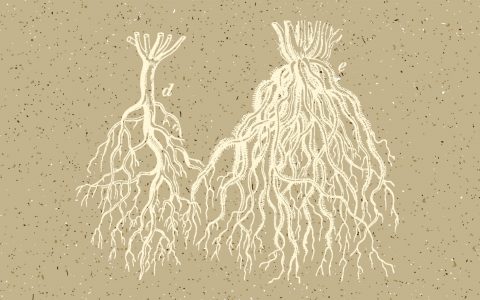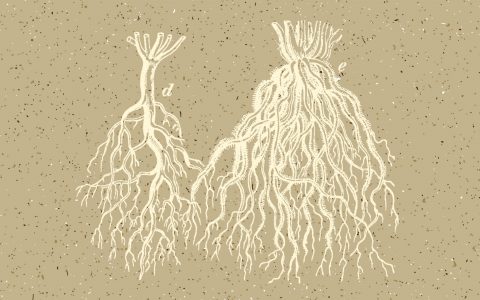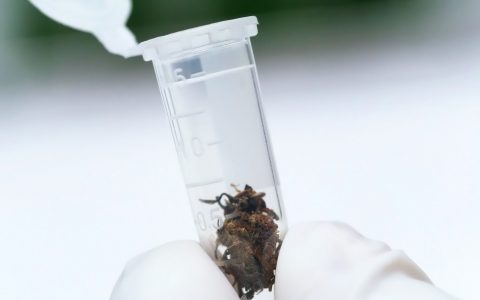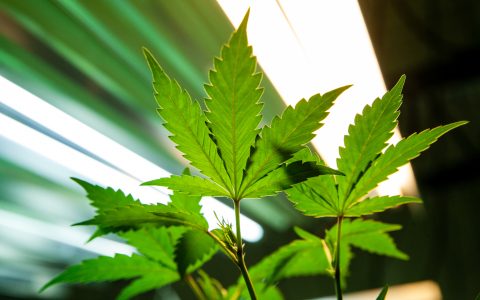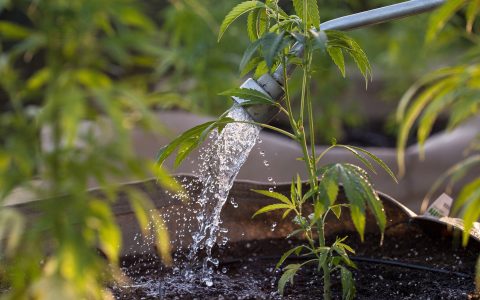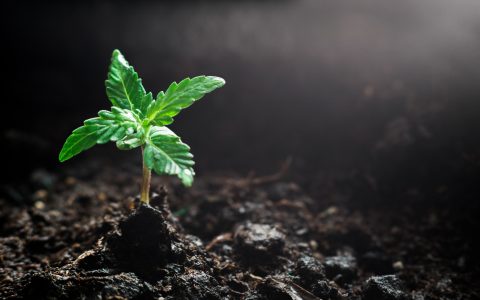Like all plants, cannabis requires water in order to perform its most basic functions. Water delivers nutrients throughout the plant, and without it cannabis can’t survive. But in order to raise healthy, strong cannabis plants, you’ll need to pay close attention to the type of water you’re providing your crop.
There are two common misconceptions when it comes to sourcing water for a cannabis garden:
- All water is the same.
- Water deemed safe for consumption will also be adequate for your plants.
Water can contain a number of contaminants, some of which are safe to be used in a garden and some that can have serious consequences for the plant’s health. Every grower should know where to source clean water and how to treat contaminated water to make it suitable for a garden.
Know Your pH and PPM
An important term to understand when talking about water quality and distinguishing between water types is pH, or potential hydrogen, which is used to measure the acidity and alkalinity of a given fluid. pH measurement occurs on a scale of 0 (most acidic) to 14 (most alkaline).
Examples of highly acidic fluids include battery acid, lemon juice, and vinegar, while highly basic fluids include household ammonia, milk of magnesia, and bleach. Distilled water is neutral with a pH of 7.
Depending on the grow medium you’re using, cannabis prefers its water to be in the 6-7 range, the optimal pH for nutrient uptake.
Another important term to know is ppm, or parts per million. This measures the presence of dissolved solids in water. Because most water isn’t pure H2O, ppm gives an accurate measurement of the percentage of contaminants in a given water source.
Contaminants found in water sources can include:
- Chemical: chlorine, chloramine, magnesium, calcium, salts, nitrogen
- Physical: rocks, sand, sediment, organic material
- Biological: bacteria, mycotoxins, viruses, parasites
- Radiological: uranium, cesium
Many water sources naturally have contaminants. Streams, ponds, and lakes can contain a range of biological contaminants like bacteria and parasites.
Other water sources, such as treated municipal water, or tap water, is often treated with some amount of chemicals like chlorine, calcium, and magnesium, in order to get rid of the possibility of biological growth.
Water that contains higher quantities of minerals such as calcium or magnesium is called hard water. This type of water has a higher ppm due to the extra dissolved solids in it. Water with less minerals and a lower ppm is called soft water.
How and Where to Source Water
Cannabis homegrowers have several options available at various price points when sourcing water for a garden, each with its pros and cons.
Factors to keep in mind when looking at water sourcing options include:
- Total cost upfront vs. cost accrued over time
- Availability of water
- Overall water quality
- How difficult it is to scale or increase the amount of water needed
- Labor needed to bring in water
- Environmental impact
The options below represent the most practical water sourcing methods available to the average homegrower, but keep in mind that other methods are available.
Water Collection Systems
You can create a system to collect your rainwater or gray water. These systems work very well under the right circumstances and can be both inexpensive and environmentally friendly.
The Pros: Water collection systems such as rainwater catches are a great way to sustainably source water for a garden. These systems can last for long periods of time with little maintenance and can be scaled for any size of garden. Systems like this are especially useful in climates with dry periods where water saving is encouraged.
Gray water recycling is a great way to reuse unwanted water. Using catching and filtration systems, you can recycle water that has already been used on a property.
The Cons: Unfortunately, many jurisdictions have ordinances that either completely prohibit or set strict limits on the collection of rainwater and the reuse of gray water. Proponents of these restrictions argue that there are health and safety concerns for doing this.
Although setting up a simple water-catching system can be inexpensive, there is still some start-up capital required. Water that has been collected either by rain or by reuse will need to be filtered and stored properly, requiring filter systems and specially graded storage containers built to withstand the elements without risk of contamination or breaking.
Unfiltered Tap Water
Contrary to popular belief, using unfiltered tap water on cannabis is not a death sentence for your plants. This type of water varies greatly depending on the municipality and their water-treatment protocols.
Contrary to popular belief, using unfiltered tap water on cannabis is not a death sentence for your plants.
Some cities use incredibly hard water with high levels of contaminants such as chlorine, calcium, and magnesium. While water with a low ppm concentration of these chemicals won’t necessarily kill a plant, it can have a negative impact on the biological activity in organic soil.
One trick to rid water of chlorine is to let your water sit out for 24-48 hours. Doing so will allow ample time for the chemical to evaporate, making tap water usable for growing.
The Pros: Tap water is inexpensive, meaning it’s easy to scale and you can increase the amount needed if you have a high plant count. Also, there’s little labor involved in using tap water after the ppm and pH are adjusted.
The Cons: This option may not be available for growers living in cities with heavily treated water systems. Organic growers will also find that the chemicals in treated water may have a negative impact on the biological life in their soils.
Bottled Water
This water is a great pure, uncontaminated source that’s relatively inexpensive for a small-scale garden. Most grocery stores and shopping centers have bottled distilled water and many companies offer water delivery services at reasonable prices.
The Pros: This water is affordable in low quantities and easy to source. It’s also safe for plants and doesn’t need any extra filtration.
The Cons: The cost of sourcing bottled water will accrue over time. It’s great for small growers, but large-scale growers will find this expensive. There is also a certain amount of labor involved in retrieving the water itself.
This method also has a big negative impact on the environment, in the resources needed to create containers for the water and resources needed to transport the water, such as fuel. Trash is also a consideration with water containers.
Water Filtration Systems
For large-scale growers with less financial restrictions, water filtration systems are the go-to option for an unlimited supply of clean water. There are several effective filtration systems available, though reverse osmosis (RO) systems seem to be the most popular for cannabis cultivators.
These systems work by pushing water molecules through a semi-permeable membrane, filtering out most contaminates. There are many varieties of RO systems that vary greatly in price.
The Pros: Using an RO system will ensure absolute filtration and decontamination, making it the safest method for cleaning large quantities of water for a grow operation. After initial installation costs, this system will supply a virtually endless supply of clean water for a garden.
The Cons: The initial cost upfront for even the most basic RO system can be expensive, hundreds of dollars, with more advanced systems stretching into the thousands. With such a high barrier-to-entry, small-scale growers may find that this system is a pipe dream.
RO systems are also known to waste quite a bit of water, making them high on the list for negative environmental impact. RO systems continue to draw and filter water for a period of time after use, thus wasting water. By installing a permeate pump, you can reduce the amount of water wasted.

